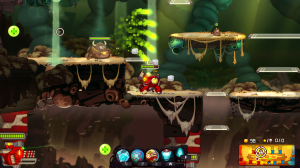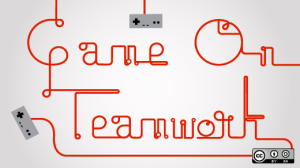Australia is no longer sitting in the “dark ages” of chalked-up chalk boards and transparency projectors. Instead, they are upgrading to digital reporting systems, interactive dry erase boards and even distributing tablets to their students for work assignments.
None of this would be possible were it not for the 2.2 billion dollars that has been pushed into the education system through the Digital Education Revolution Initiative. Since the roll-out, more than 10,000 schools in Australia are now equipped with the MySchool software system allowing teachers, parents and students to better access their grades, assignments and even handle communication through emails and/or messaging.
It has been proven time-and-time again, that technology can help students learn more, faster and more efficiently. Devices that help students interact and engage in their studies tend to lead to better retention of information. For example, using tablets such as iPads and Galaxy TAB’s allow the students to quickly access information that at one time could take hours to look up. Beyond that, apps that have been designed for students and teachers are much more advanced, while being very inexpensive and sometimes even free.
Of course, tablets are just the beginning. Other classroom advancements changing the way students learn include digital whiteboards and interactive internet sessions through mediums such as Skype. The digital whiteboards allow the students the opportunity to gather the teachers notes with a single click and print, while interactive study sessions allow the students the ability to speak with instructors even when they are thousands of miles away.
All of these advancements have changed the way students in Australia are learning. Were it not for the Digital Education Revolution Initiative, it is very likely that these students would not be anywhere close to where they are now.
This is only the beginning as the Digital Education Revolution Initiative intends to fully equip all of the schools in Australia with the most current of technologies, helping students learn better and preparing them for use with “real world” devices.
This article was written by Emily Ko – Reaching Teachers Australia. Go check out the website to access or contribute free creative resources to use in classrooms including printable games, posters, activities and worksheets.


